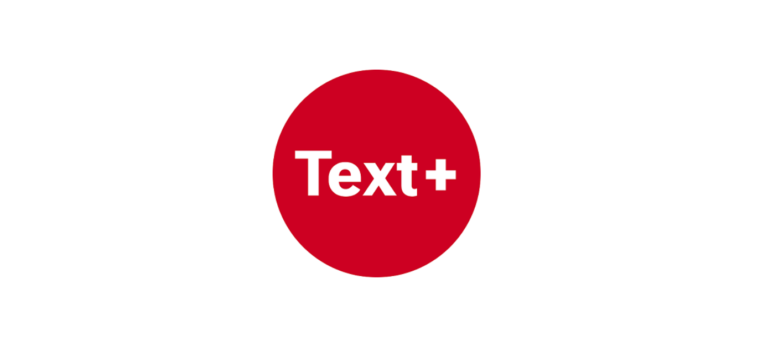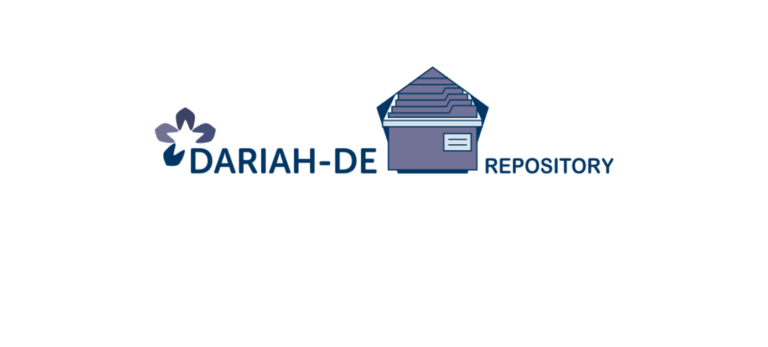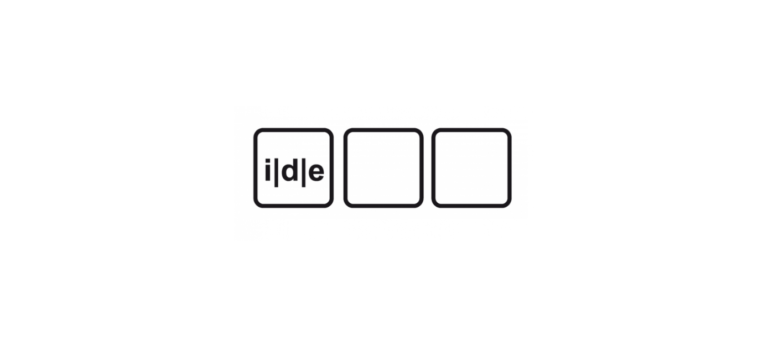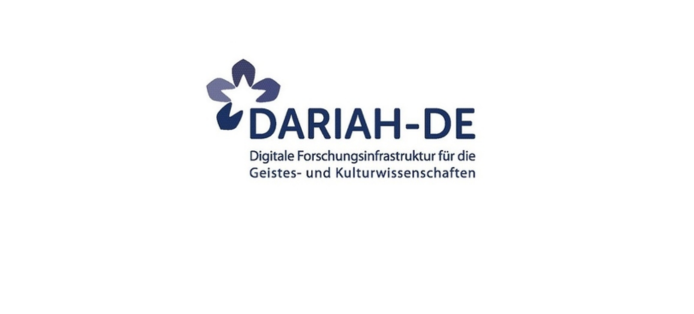
Die drei von Text+ adressierten Datendomänen Sammlungen, lexikalische Ressourcen und Editionen gehören zu den klassischen Feldern geisteswissenschaftlicher Forschung. Das Plus-Zeichen
Short description of the project
The interdisciplinary research and digitalisation project "Restaging Fashion. Visualisation of Vestimentary Sources" (ReFa) has developed explorative approaches to holdings from the Berlin Art Library with its collection Modebild – Lipperheide Costume Library and from the textile collection of the Germanisches Nationalmuseum Nuremberg.
Project content
The Restaging Fashion project (11.2020 – 11.2023), funded by the Federal Ministry of Education and Research (BMBF) and based at the UCLAB at University of Applied Sciences Potsdam, is dedicated to the cultural history of clothing, its appearance and symbolism. The visualisation of the collection's holdings brings together vestimentary sources in the digital realm and enables cross-source and multidisciplinary research on the objects. The starting point is the painting collection of 600 works donated by the Berlin publishing couple Franz and Frieda von Lipperheide in 1899. It documents fashion, costume and dress from the late Middle Ages to the 19th century. The paintings are complemented by 1,000 prints and hand drawings from Lipperheide's costume library as well as text sources, such as archival documents on the history of the collection. However, the often fragile historical textiles provide decisive information; they expand the pictorial and textual information with the objecthood and materiality itself. Using 3D scanning and photogrammetry, the detailed, three-dimensional reproduction of 15 historical clothing ensembles and accessories from the Germanisches Nationalmuseum was trialled.
The UCLAB (Urban Complexity Lab) of the University of Applied Sciences Potsdam, project initiator with many years of experience in the visualisation of cultural data, tested experimental methods of collection presentation by means of visualisations, which are used on the one hand as an aid to content exploration and on the other hand as a tool for interpretation. In the Restaging Fashion project, image and metadata were visualised and made available in an iterative and collaborative design process. The chosen form of collection presentation allows contextualisation, an introduction through narrative elements and free exploration of the holdings. The result is a freely reusable prototype, the ReFa-Reader.
Fachhochschule Potsdam/UCLAB
Sabine de Günther
E-Mail: sabine.de.guenther@fh-potsdam.de
Find out more at
Add your DH research project to the project showcase by submitting a short project description via the web form. Enter project data, a brief description, a graphic or visualization as well as a detailed description of the project content with technical assignment, addressees, added value, project managers, funding information and duration.

Die drei von Text+ adressierten Datendomänen Sammlungen, lexikalische Ressourcen und Editionen gehören zu den klassischen Feldern geisteswissenschaftlicher Forschung. Das Plus-Zeichen

Das DARIAH-DE Repository ist eine zentrale Komponente der DARIAH-DE Forschungsdaten-Föderationsarchitektur, die verschiedene Dienste und Anwendungen aggregiert und so komfortabel nutzbar

Das Institut für Dokumentologie und Editorik e.V. (IDE) ist ein internationaler Zusammenschluss von Wissenschaftlerinnen und Wissenschaftlern aus verschiedenen Disziplinen der

DARIAH-DE (gefördert 2011-2019) unterstützt die mit digitalen Ressourcen und Methoden arbeitenden Geistes- und Kulturwissenschaftler/innen in Forschung und Lehre. Dazu baut

Das DTA ist ein Archiv für deutschsprachige, historische Textsammlungen an der Berlin-Brandenburgischen Akademie der Wissenschaften. Es umfasst annotierte Volltexttranskriptionen von

Die Virtuelle Forschungsumgebung TextGrid ist optimiert für die digitale Erschließung geisteswissenschaftlicher Quellen und deren langfristige Archivierung in einem Web-Archiv, insbesondere

Arthur Schnitzler gehört zu den bedeutendsten österreichischen Autoren und war ein produktiver und gut vernetzter Briefschreiber. Seine Korrespondenz wurde jedoch

Publication of data on textual witnesses of the Ancient Egyptian Book of the Dead from the Academy project “Ancient Egyptian Book of the Dead” (1994/2004–2012). Published in 2012, the portal offers descriptions, images and bibliographies of around 3000 textual witnesses of the Book of the Dead, as well as visualizations and evaluations of the objects, verses and motifs contained therein. It is a central resource for international research on the Book of the Dead and is continuously maintained by the CCeH.
Wir verwenden Cookies und ähnliche Funktionen zur Verarbeitung von Daten. Die Zustimmung ist freiwillig und kann jederzeit widerrufen werden.